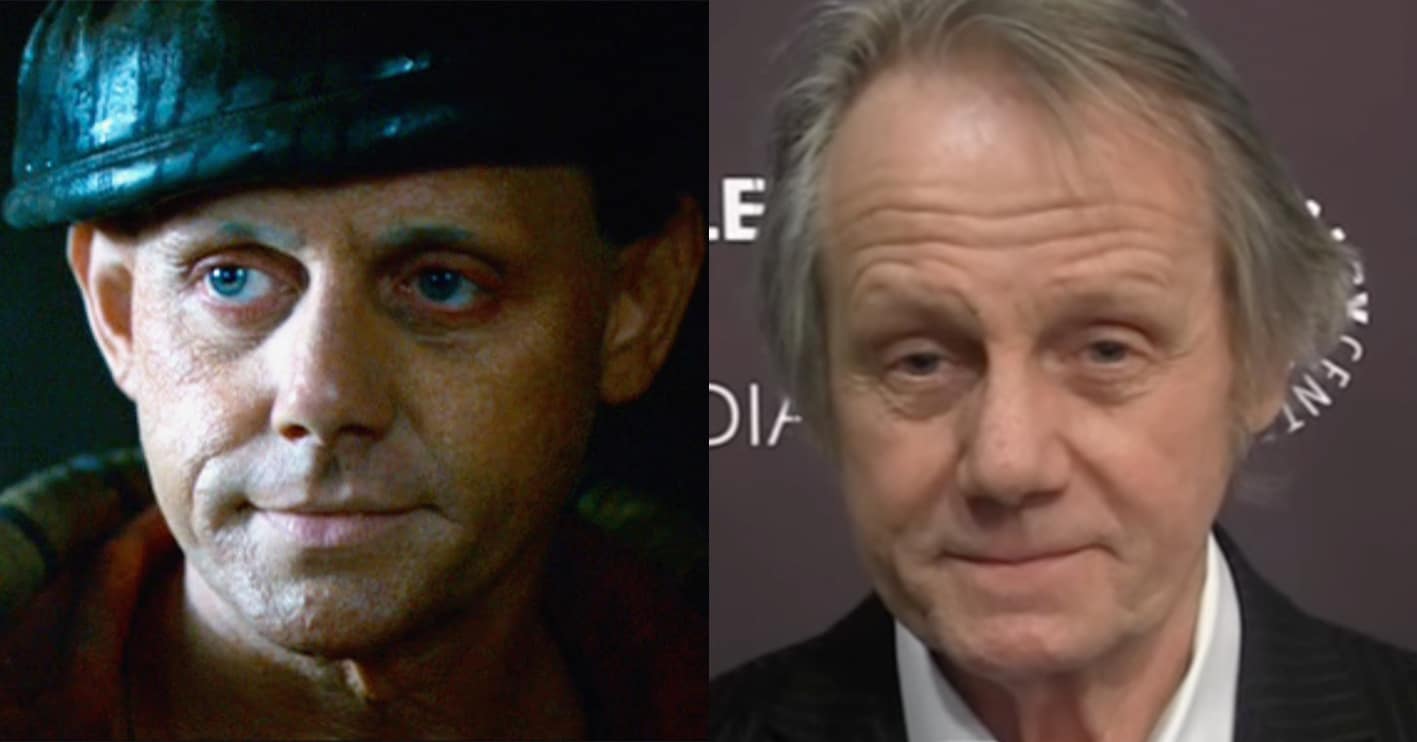It’s hard to think about science fiction without Blade Runner coming to mind. Since its initial release in 1982, director Ridley Scott’s dark futuristic thriller has been one of the most acclaimed and influential films ever produced in the genre. Though a commercial flop on release, Blade Runner was a cult phenomenon by the 90s, and four decades later it’s widely acknowledged as a bona fide classic, a status not hurt by the widely acclaimed 2017 sequel, Blade Runner 2049.
Join us now as we celebrate this landmark of 80s cinema with 20 fascinating facts.
20. One of the film’s working titles was ‘Mechanismo’
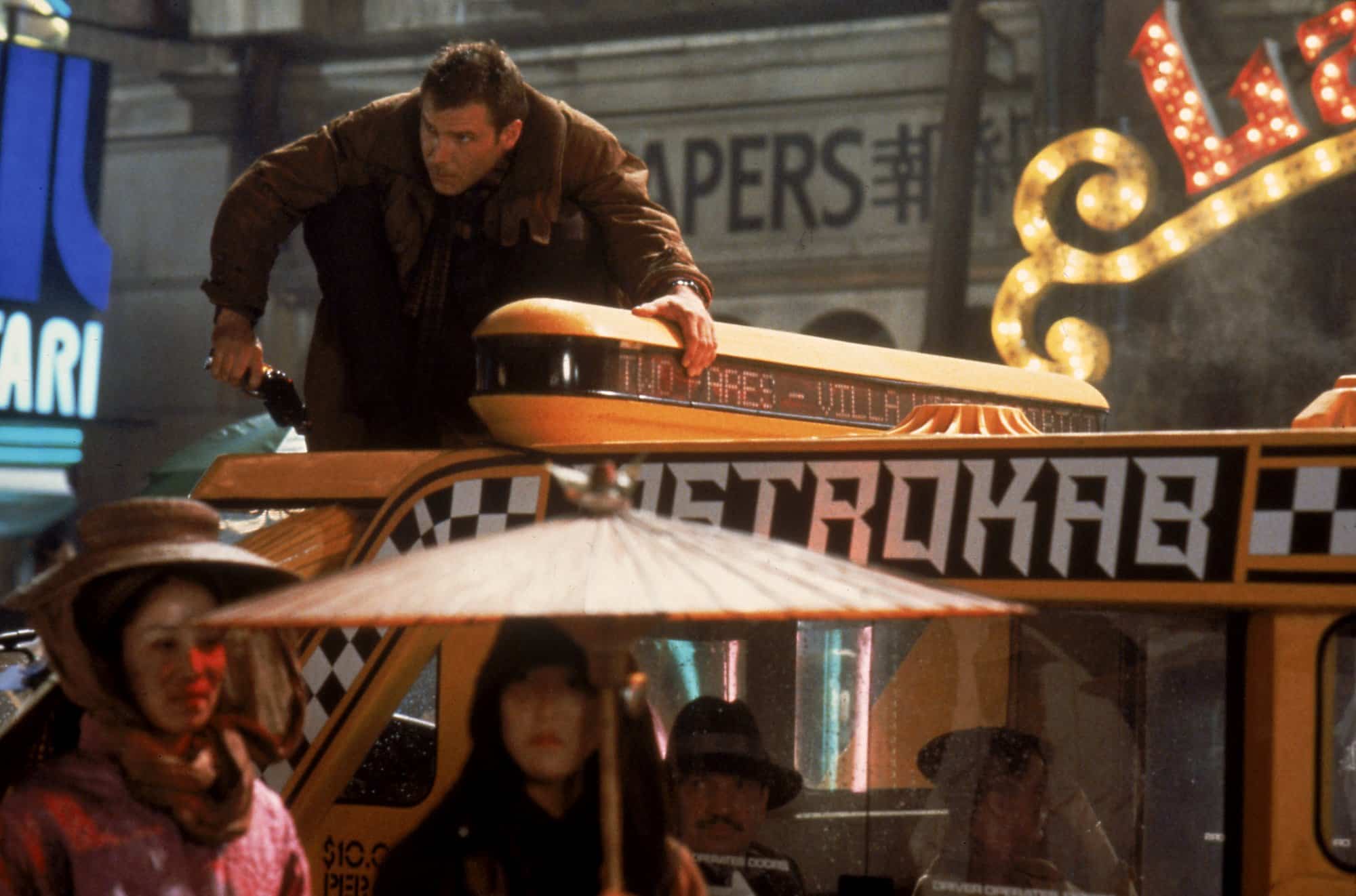
The novel that was adapted in 1982’s as the big screen’s Blade Runner was the work of Philip K. Dick, one of the most acclaimed science fiction writers of the 20th century. However, Dick’s original 1968 novel about troubled android hunter Rick Deckard had a rather different title from the movie: Do Androids Dream of Electric Sheep? While the story had cinematic potential, clearly this was never the coolest sounding title for what was hoped to be a major blockbuster movie.
When director Ridley Scott boarded the project he was quickly on the lookout for a title that was a bit more stylish. Mechanismo and Dangerous Days were both used as the title at different times, before Scott finally settled on Blade Runner (more on which later).
19. Ridley Scott didn’t read the whole book before making the movie
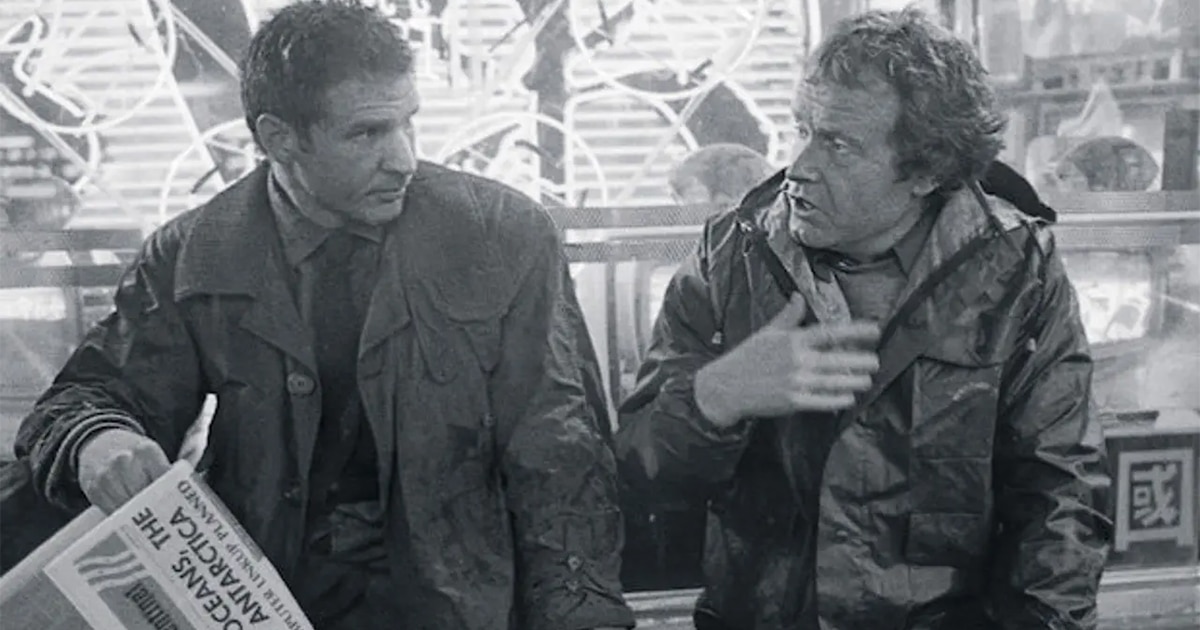
The first director to express an interest in filming Do Androids Dream of Electric Sheep? was none other than Martin Scorsese. In the end, Scorsese declined to option the project, it languished until producer Michael Deeley bought the rights, and persuaded Ridley Scott (fresh from 1979’s Alien) to come on board as director. However, while Scott embraced the project, he has since admitted that he didn’t read the novel in its entirety.
The director told Wired in 2007 that he tried to read Do Androids Dream of Electric Sheep but “couldn’t get into it” – which may have resulted in some tension when Scott met with author Philip K. Dick, who was less than pleased when Scott complained to the author, “you’re so dense, mate, by page 32, there’s about 17 storylines… one of the problems is actually distilling this down into a three-act play that can be filmed.”
18. There are no ‘blade runners’ in the novel

During pre-production on the as-yet officially untitled film, director Ridley Scott and screenwriter Hampton Fancher stumbled across a film treatment entitled Blade Runner (a movie). Interestingly, this treatment (i.e. detailed outline for a potential full-length screenplay) was by William S. Burroughs, a hugely influential writer in his own right best known for Naked Lunch.
Burroughs’ Blade Runner was itself an adaptation of a novel by Alan E. Nourse entitled The Bladerunner. Ridley Scott and Hampton Fancher were immediately struck by the title, and felt it was a good fit for their dark futuristic vision. Scott and Fancher subsequently bought the rights to the treatment, despite the fact that they had no intention of using any of Burroughs or Nourse’s story – only the title.
17. The term ‘replicant’ was invented by the movie
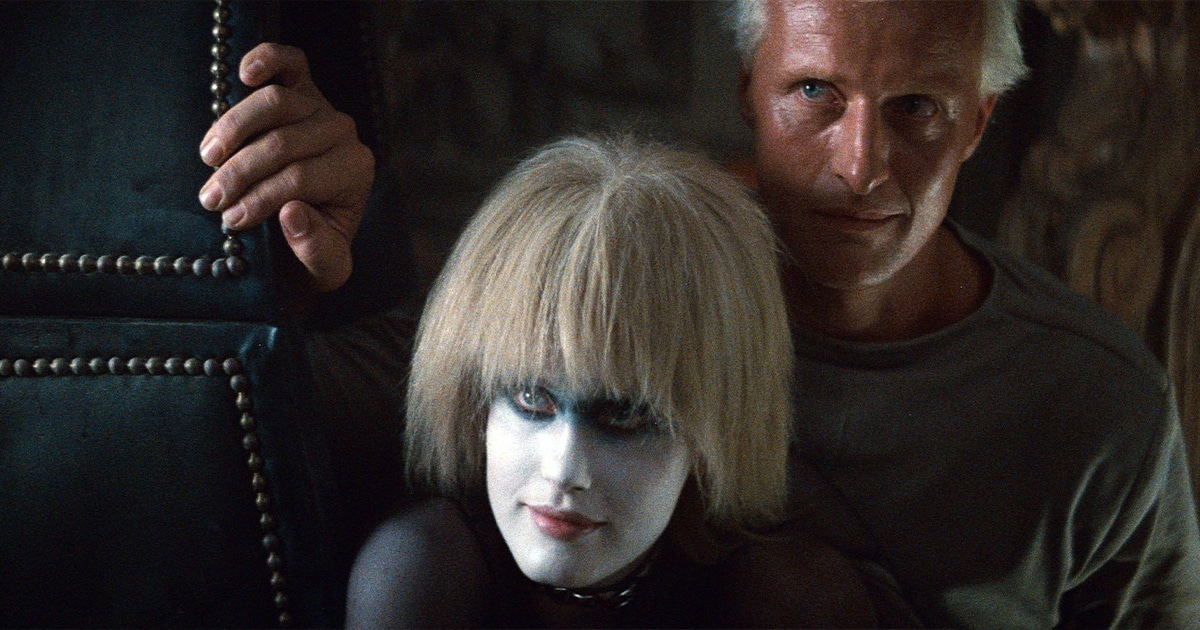
As might be evident from the title Do Androids Dream of Electric Sheep?, the artificial lifeforms hunted down by Deckard in the novel are simply called androids. However, at least in part because of how the Star Wars movies had popularised the term ‘droid,’ the team behind Blade Runner felt a re-brand was called for. Ultimately, the term ‘replicant’ was settled upon, at the suggestion of co-writer David Webb Peoples.
Not that Peoples deserves all the credit for himself there, as the term was actually suggested to him by his own daughter. The screenwriter’s daughter was a microbiologist, and she was studying replication at university at the time.
16. Dustin Hoffman was the first choice for Rick Deckard
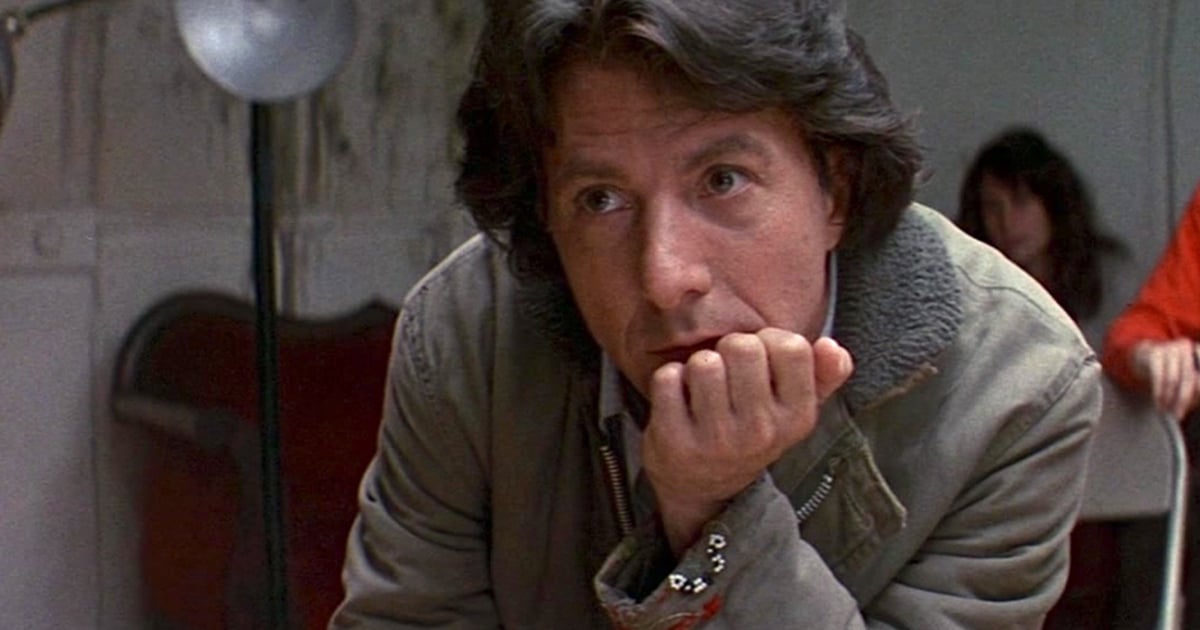
As tends to be the case with big budget movies, plenty of big-name actors were considered for the Blade Runner lead. Al Pacino, Burt Reynolds, Paul Newman, Clint Eastwood and Sean Connery are all said to have been on the wish list for Deckard. However, the one actor most seriously pursued was Dustin Hoffman, still hot from his 1980 Oscar win for Kramer Vs Kramer, opposite Meryl Streep.
However, after meeting more than once with director Ridley Scott, Hoffman ultimately decided to pass on the role. This cleared the path for Harrison Ford to complete one of the greatest big screen hat tricks in history by doing Blade Runner directly after 1980’s The Empire Strikes Back and 1981’s Raiders of the Lost Ark.
15. Debbie Harry was the first choice for Pris
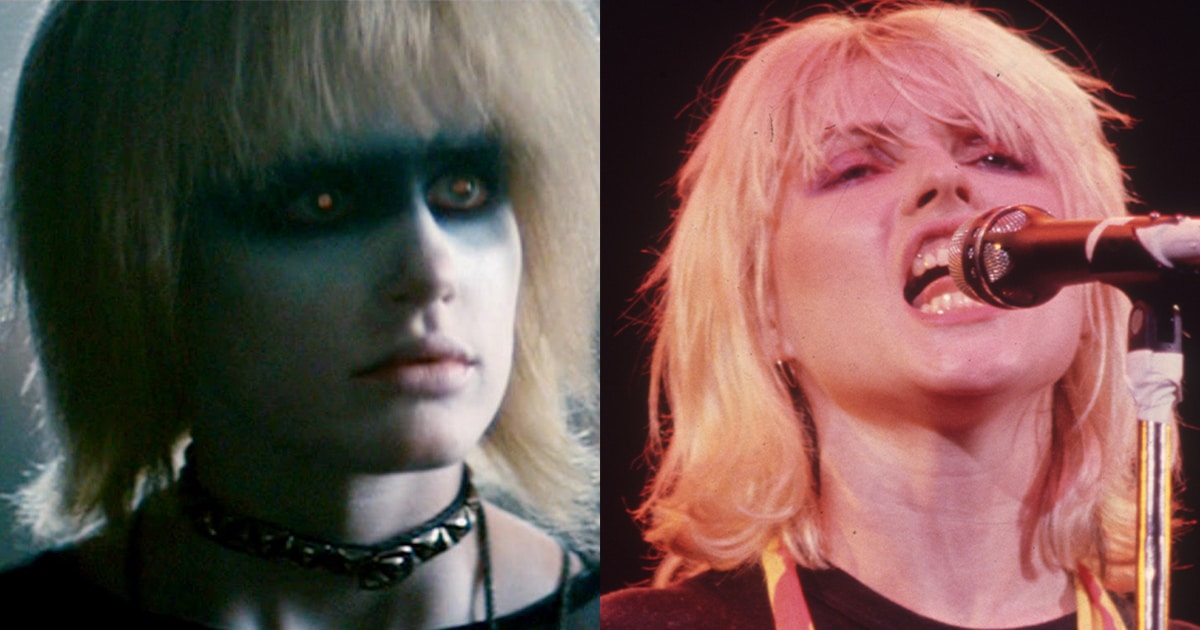
Daryl Hannah was still a relatively unknown actor when she landed the role ‘pleasure model’ replicant Pris. With her cropped bleached hair, heavy make-up and punky clothes, Pris has a pretty distinctive early 80s look. It’s hardly surprising, then, that the filmmakers originally went after someone famed for pioneering that look: Deborah Harry, lead singer of pop band Blondie.
Harry turned the role down at the behest of her record company, who wanted her to focus on singing. Years later, Harry said that turning Blade Runner down was her single greatest professional regret – though she still managed to star in another cult classic of the era, David Cronenberg’s 1983 film Videodrome.
14. Rutger Hauer didn’t even have to audition for Roy Batty
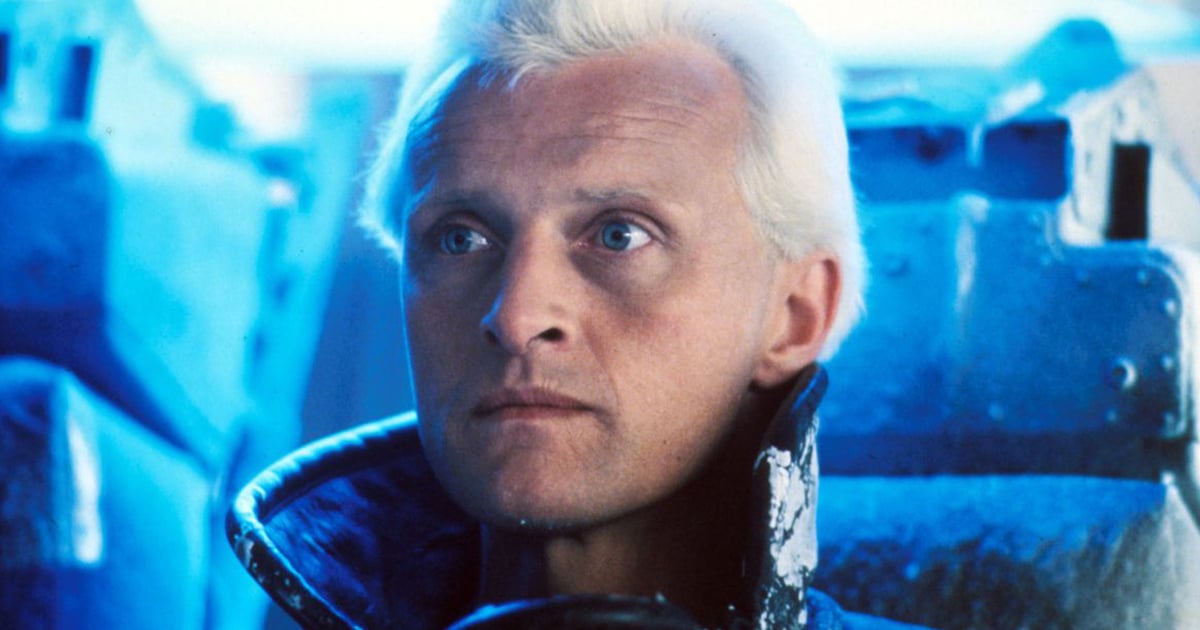
By contrast with some other Blade Runner stars, one cast member was essentially handed his role no questions asked. This was, of course, Rutger Hauer, who was cast as lead replicant Roy Batty without even being asked to audition. Indeed, Ridley Scott was so certain that Hauer was the right man for the job that he put out the offer before he and Hauer had even met.
Hauer, who was known to have been fond of practical jokes, decided to take advantage of Scott’s faith in him by deliberately coming off as unprofessional at their first meeting. The actor showed up in garish, absurd clothes including green sunglasses and pink trousers, and briefly left the director worrying that his casting was a mistake.
13. Edward James Olmos created his own language for the film
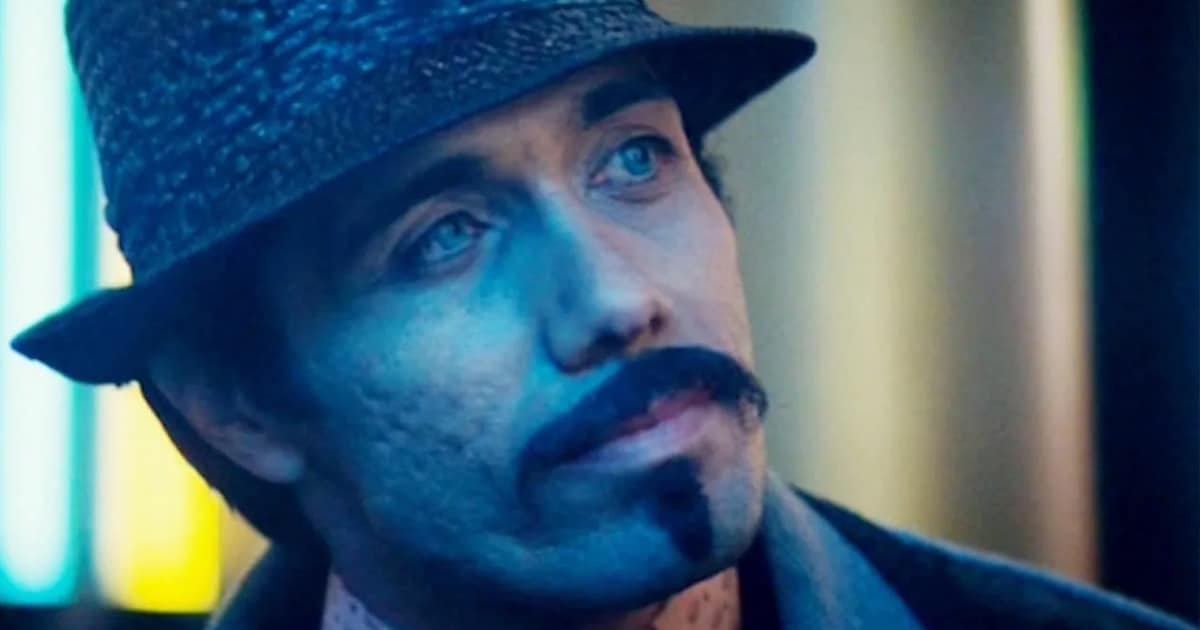
Edward James Olmos, later famed for TV’s Battlestar Galactica, plays the small but significant role of Gaff, an LA cop who seems to know more than he lets on throughout. During Blade Runner, Gaff speaks mostly in a dialect that is unrecognisable to English speakers. This is referred to as Cityspeak, and it was in fact devised entirely by Olmos himself.
The idea was that 2019 Los Angeles would have seen a massive influx of immigrants from around the world, and a dialect would have evolved incorporating elements of these diverse cultures and languages. The languages Olmos drew on for Cityspeak included Spanish, German, French, Japanese, Chinese and Hungarian.
12. The film would have been set in 2020, but Scott worried audiences would think he was making a pun
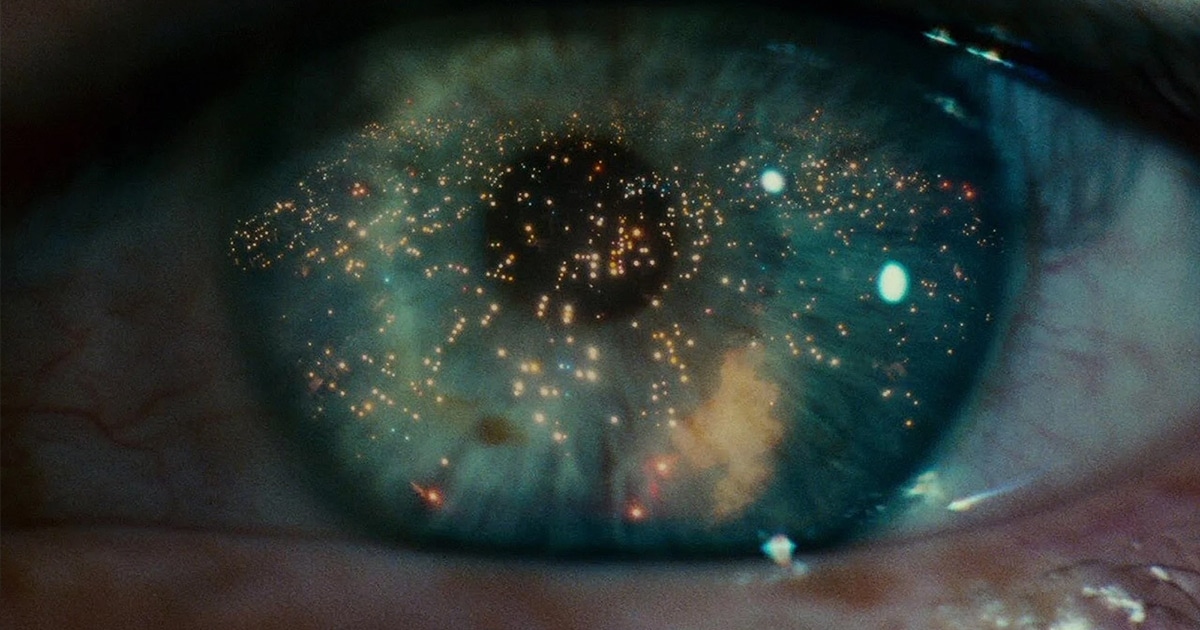
With the year 2019 now firmly behind us, Blade Runner is another of those visions of the future (like Back to the Future Part II’s 2015) that we can greet with a smile today. However, the original Blade Runner script set the film in the year 2020, and there’s a curious reason why it was changed: Scott felt it was too much like a pun on 20/20 vision.
This was considered an issue due to the prominence of eyes as a recurring motif in Blade Runner, from the early close-up shot of the firey LA skyline reflected in an eyeball, to Roy Batty telling his creators, “If only you could see what I’ve seen with your eyes.” In addition, there’s the fact that the Voight-Kampff test that identifies replicants focuses on their eyes, looking for the reflective glint which gives away their artificial nature.
11. Ridley Scott and Harrison Ford didn’t get along during production
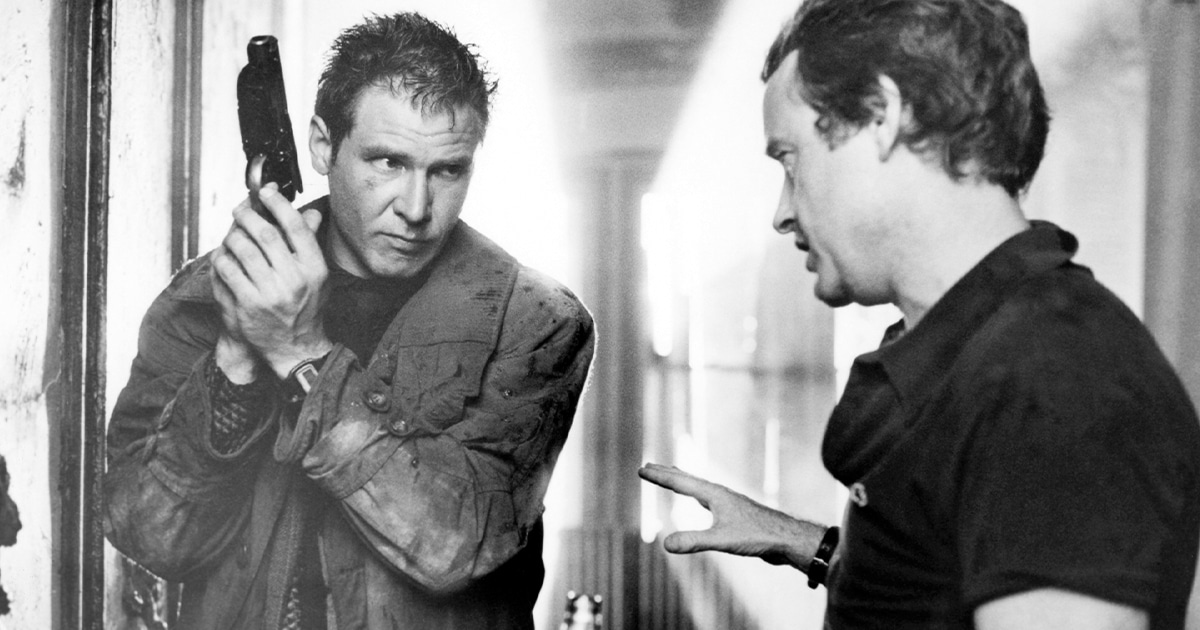
Everyone involved in the making of Blade Runner seems to agree that making the film was a stressful experience. For one there was, by all accounts, a great deal of tension between leading man Harrison Ford and director Ridley Scott. The two men frequently disagreed about the direction of the project, not least regarding a certain plot detail we’ll come back to later.
Happily, the two film legends have long since buried the hatchet, but still neither look back on the film’s production too fondly. While Ford has largely kept schtum on his Blade Runner director, Scott once cheerily classed Ford as “the biggest pain in the a**e” he’s ever had to work with.
10. The American crew waged an offensive T-shirt war with the director

Harrison Ford wasn’t the only one on the Blade Runner set who struggled to get along with a demanding director. Ridley Scott wasn’t especially well-liked by the crew on Blade Runner, either – and they took to venting their frustrations by wearing specially printed T-shirts. Scott had said in a contemporary newspaper interview that he liked American crews because if he asked anything of them, they replied “yes guv’nor”. When the Blade Runner crew saw this, they took to wearing T-shirts that read, “Yes Guv’nor, My A**!”
Some of the US crewmembers also wore shirts that read “Will Rogers Never Met Ridley Scott”, in reference to Rogers having famously said he never met a man he didn’t like. In response, Scott and other Brits on the Blade Runner team – believing the American crew had a particular problem with Scott being English – wore shirts reading ‘Xenophobia Sucks’.
9. Ridley Scott was fired when shooting finished

On top of failing to endear himself to his cast or his crew, the financiers responsible for Blade Runner were also far from won over by Ridley Scott. With a budget in the vicinity of $30 million, Blade Runner was an expensive film by the standards of early 80s Hollywood. However, Scott’s slow pace and attention to detail saw the production quickly fall behind schedule – which meant the film also started going way over-budget.
This resulted in the dismissal of both Scott and producer Michael Deeley as soon as principal photography wrapped. Eventually, Scott was re-hired to oversee post-production, but the director was not given approval of the film’s final cut, leading to changes which Scott would later express great unhappiness with.
8. Harrison Ford tried to sabotage the film’s original voiceover by delivering ‘unusable’ recordings

The first test screenings of Blade Runner didn’t score as highly with audiences as studio execs had hoped. The producers subsequently became worried that the film might go over the heads of average moviegoers. As such, they demanded some explanatory narration be added to clarify points which they felt Scott’s initial cut didn’t make clear. For once both Ridley Scott and Harrison Ford were in agreement that narration was not necessary, with both men arguing in vain against the addition of a voiceover.
Although Ford has since denied this, legend has it that the actor deliberately delivered the lines in a flat, lifeless monotone in the hopes that the recordings would prove unusable. They were used, but the theatrical cut of the film, with voiceover intact, has since fallen well out of favour.
7. The film’s original happy ending used deleted footage from The Shining
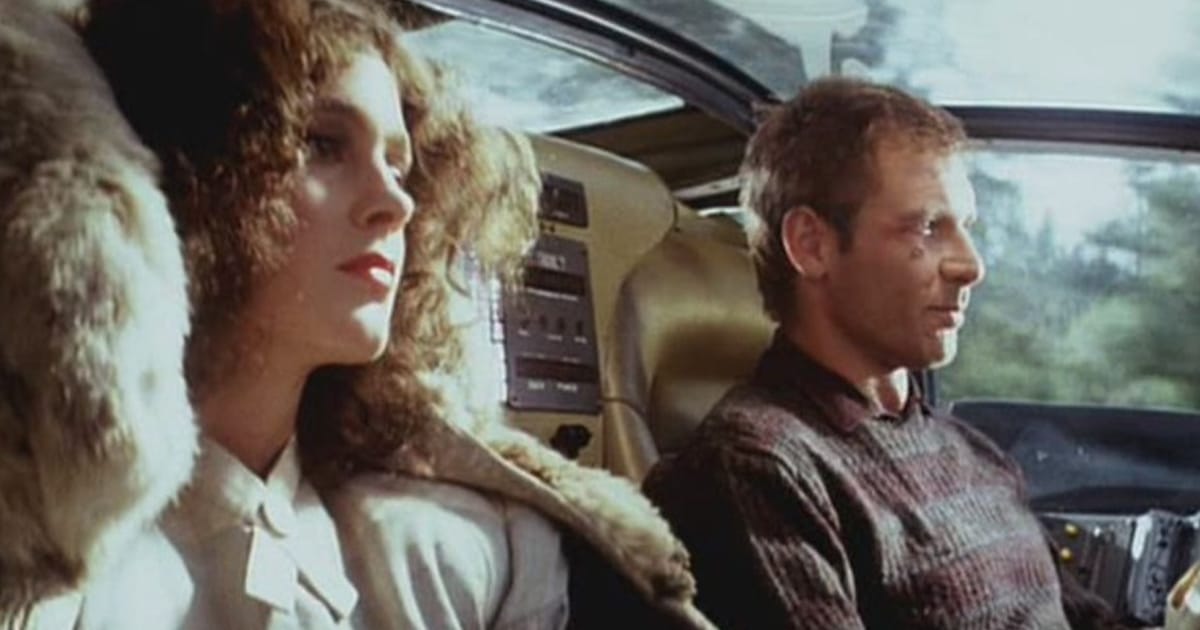
As well as insisting on explanatory narration, the producers of Blade Runner also insisted on a more upbeat ending for the film’s theatrical cut. The initial cut of the film saw Deckard and Rachel going on the run, with their surely bleak fate left uncertain. Insisting on a more hopeful conclusion, Ford’s closing narration informed us that Rachel – unlike the other replicants – did not have a limited lifespan.
The theatrical ending also suggests that Deckard and Rachel get out of the city and into a brighter world, one that we briefly see in a tracking shot over snowy mountains. This footage was actually alternate footage left over from Stanley Kubrick’s 1980 film The Shining, which was set in the Colorado Rockies.
6. Philip K. Dick died just before the film’s release
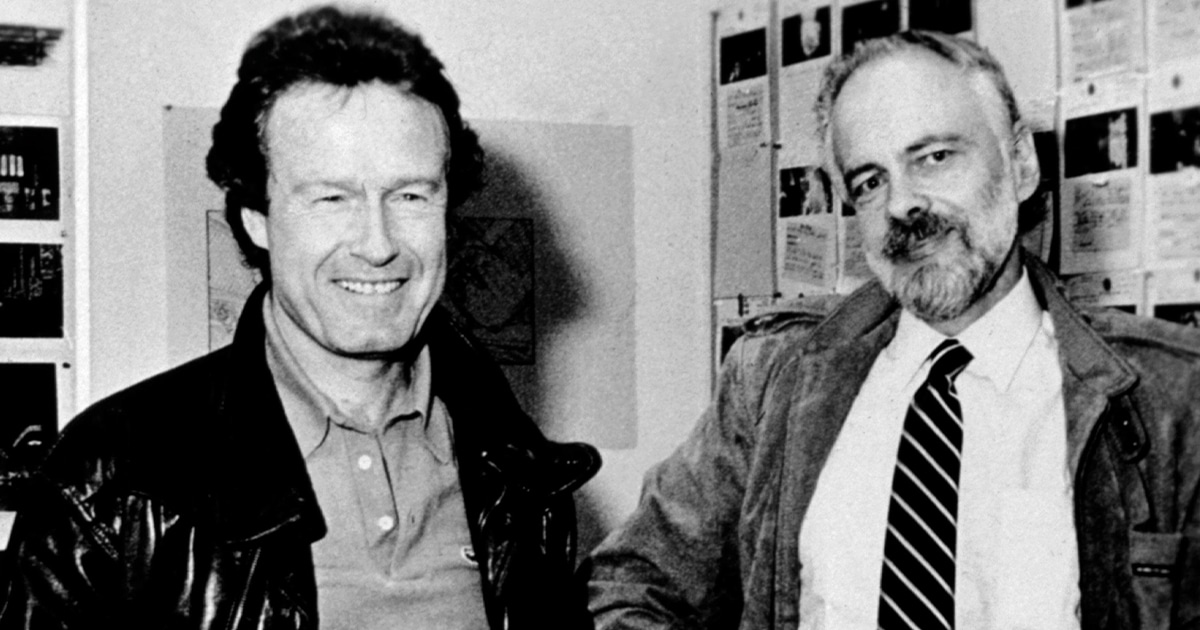
Do Androids Dream of Electric Sheep? author Philip K. Dick never got to see the movie based on his work, as he passed away in March 1982 following a stroke. However, Dick had given the thumbs up to Blade Runner’s shooting script, even though he’d had significant reservations early on. The author spoke of being left “angry and disgusted” by Hampton Fancher’s initial adaptation, which he felt reduced the story to “a fight between androids and a bounty hunter.”
The revised script by David Webb Peoples was a different story: Dick felt this draft “rejuvenated (the material) in a very fundamental way.” The author said he “couldn’t believe what I was reading… (Peoples’ script) taught me things about writing that I didn’t know.”
5. Dick was asked to write a Blade Runner novelisation, but refused
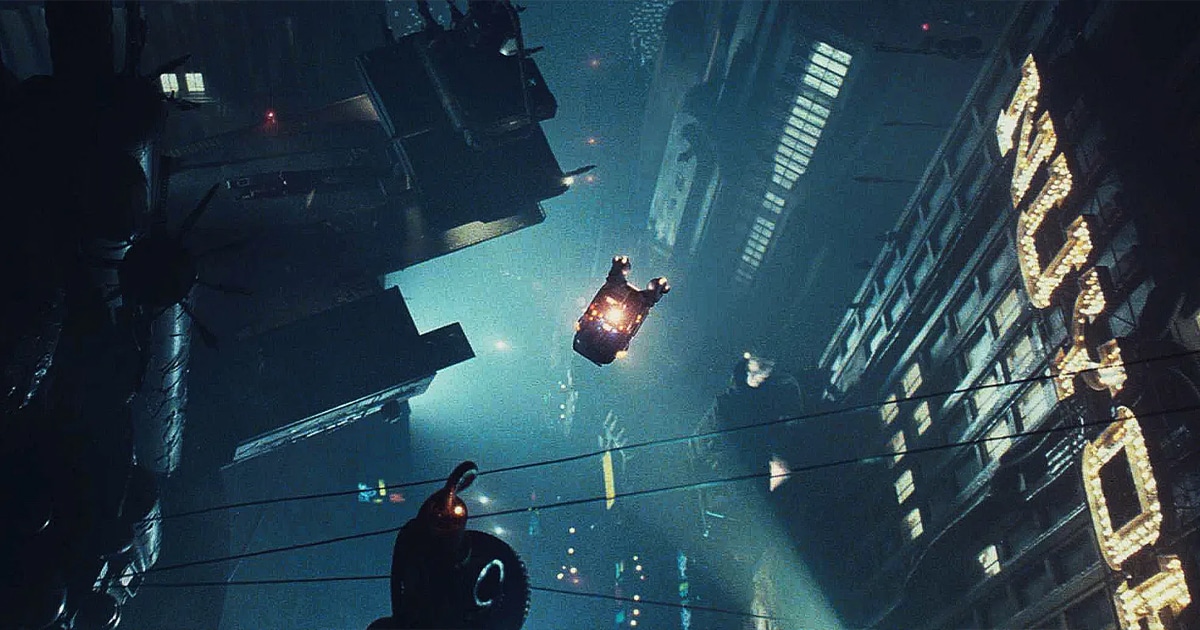
As peculiar as this may seem, the author of the novel on which Blade Runner was based was asked to write a Blade Runner novelisation. Philip K. Dick was offered a lucrative deal (including a percentage of the film’s merchandising rights) to pen a literary adaptation of the movie script from Hampton Fancher and David Webb Peoples. The author refused on principle because the deal was contingent on “a suppression of the original novel, Do Androids Dream of Electric Sheep?, in favour of the commercialised novelisation based on the screenplay.”
While there were threats of getting another writer to do it, Dick and his representation pushed for the original novel to be re-released as a Blade Runner tie-in. The author said at the time that he stood to make about $12,500 from this re-release, whereas going along with the novelisation might have earned him $400,000.
4. It completely flopped on release
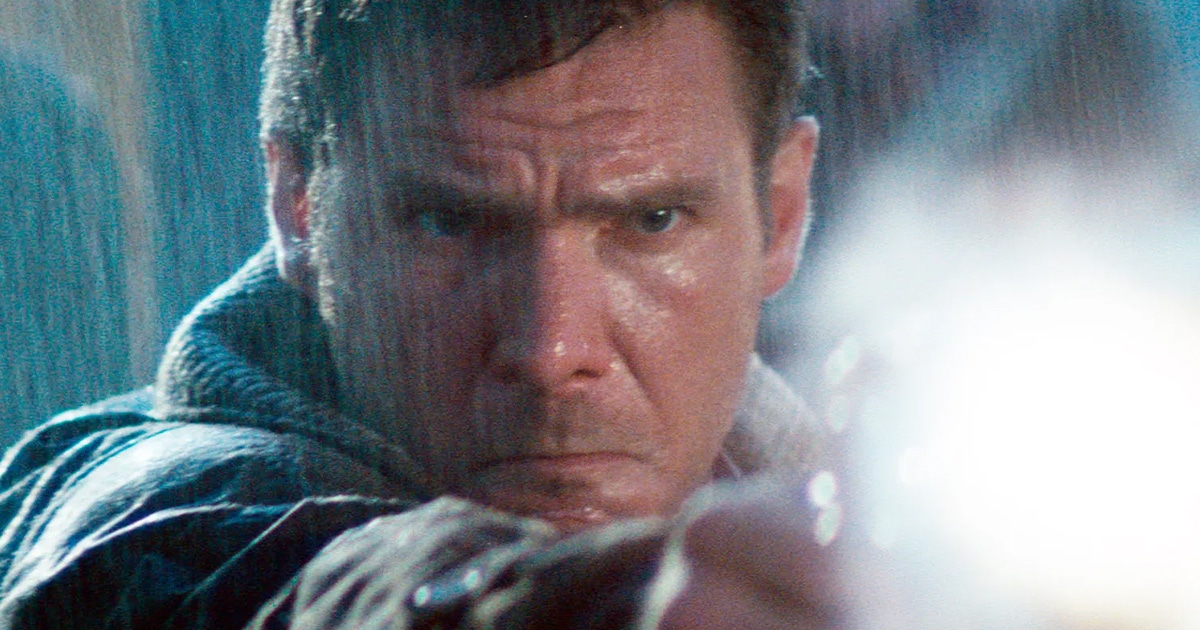
On its initial theatrical run in 1982, Blade Runner made less than $33 million at the box office – rendering it a box office bomb, considering it cost almost $30 million to make. Not unlike John Carpenter’s The Thing (another 1982 flop whose reputation has grown with time), Blade Runner’s commercial struggles could in part be attributed to its arrival in the wake of sci-fi mega-hit ET the Extra-Terrestrial.
Critics of the time weren’t overly impressed with Blade Runner, either, with many complaining of the film’s slow pace and downbeat tone. However, once Blade Runner was released to VHS it slowly but surely developed a cult following, and would soon undergo significant critical re-assessment. Today, it’s considered one of the finest films of the 80s.
3. There are at least seven different versions of the film
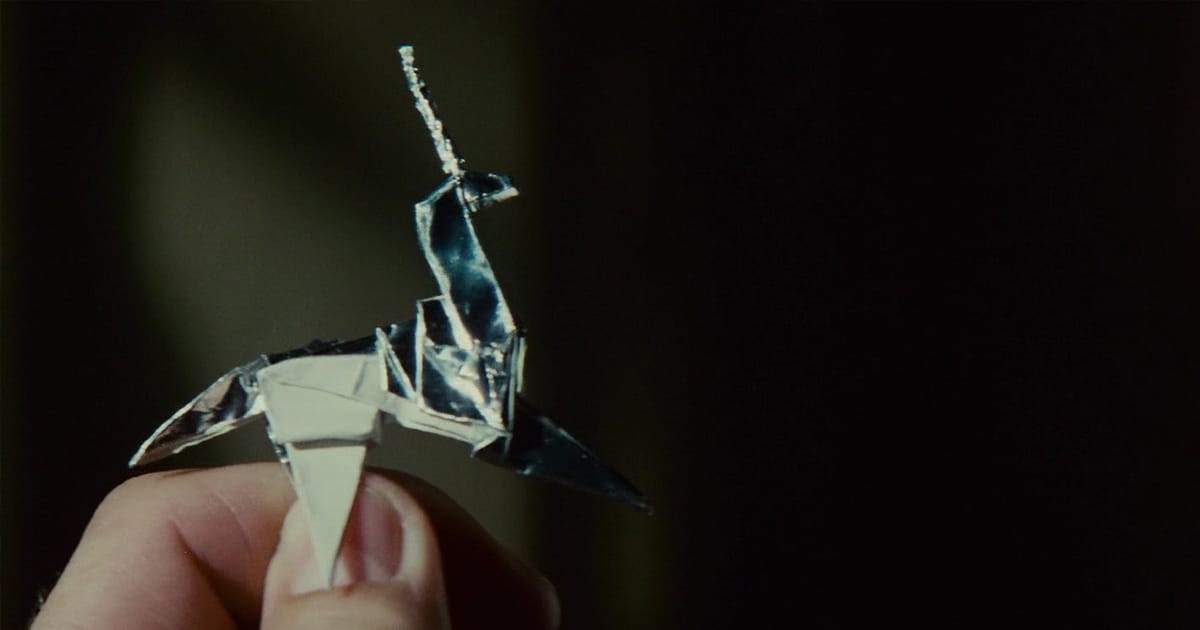
In 1992, Blade Runner’s tenth anniversary was marked with the release of a tweaked new edition dubbed the Director’s Cut. This re-edit of the film was most notable for removing the narration and the happy ending. It also added a bizarre unicorn dream sequence, which Ridley Scott insisted had been shot for the original movie, and was not (as was rumoured at the time) unused footage from the director’s 1985 fantasy film, Legend.
This re-edit sold well on VHS, giving Blade Runner a whole new lease of life, and popularising the concept of the director’s cut. However, even that version still didn’t include everything Ridley Scott wanted, so in 2007 the Final Cut was released, re-inserting scenes missing from the earlier versions along with some new footage specifically shot by Scott. These aren’t the only versions of the film; in total, there are at least seven different cuts of Blade Runner out there.
2. Rutger Hauer had a hand in writing Batty’s iconic final speech
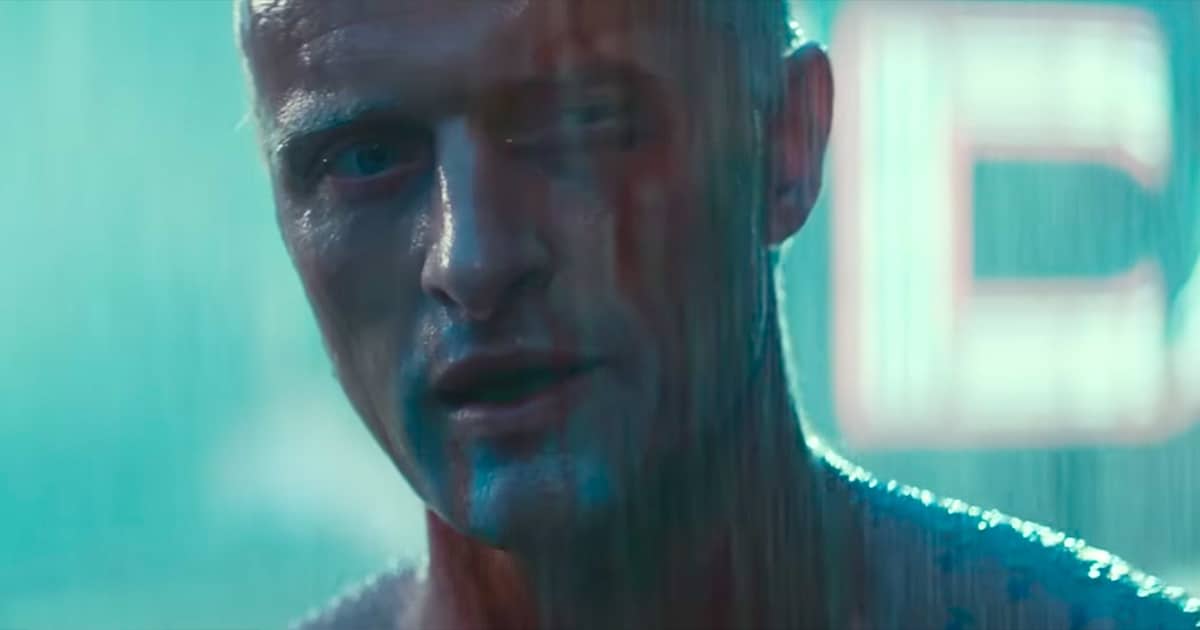
When beloved Dutch actor Rutger Hauer sadly passed away in 2019 aged 75, every obituary made reference to his final scene in Blade Runner. This unforgettable moment sees the (spoiler alert) dying Roy Batty tell Deckard, “I’ve seen things you people wouldn’t believe…” It has long been widely believed that Hauer ad-libbed this entire monologue, but this isn’t entirely true.
Hauer did not come up with the monologue by himself, but he did significantly rephrase what screenwriter David Peoples had put on the page. Most significantly, Hauer added the haunting line, “all these moments will be lost in time… like tears in rain”.
1. Nobody seems to agree on whether Deckard is a replicant or not
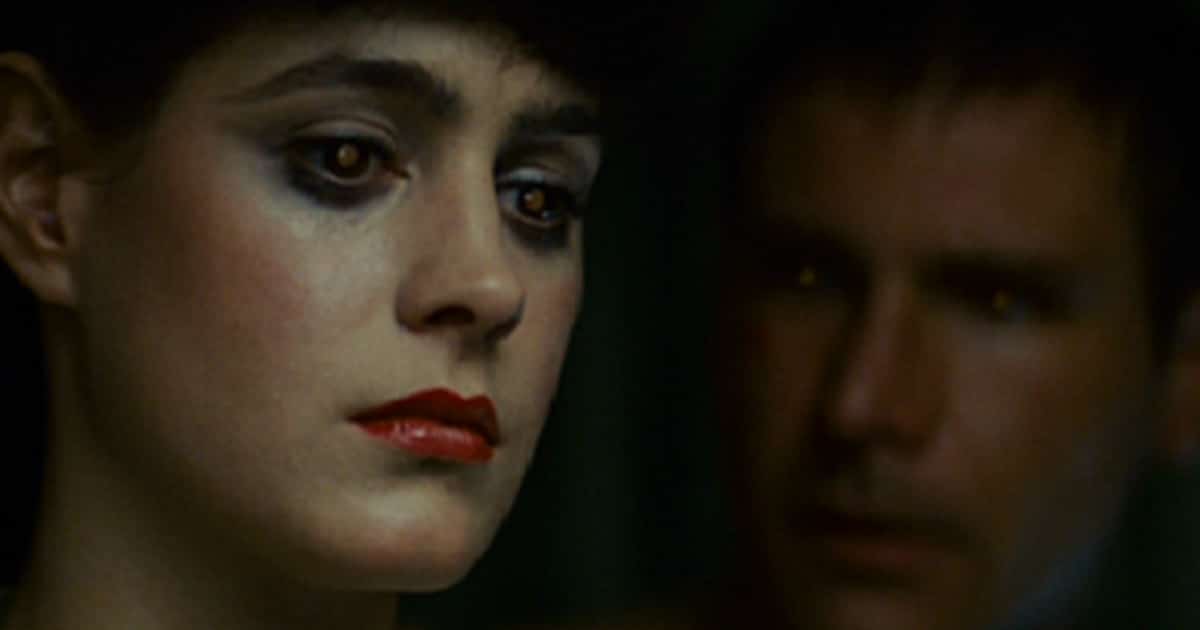
One of the most frequently discussed topics regarding Blade Runner is the implication that replicant hunter Deckard may in fact be a replicant himself. Moments that suggest this include Deckard’s unicorn dream sequence, and the fact that Edward James Olmos’ Gaff leaves Deckard an origami unicorn later in the film. There’s also a moment when we see a reflection in Deckard’s eyes uncannily like that seen in the replicants’ own.
Whether or not Deckard is a replicant was one of the big points that Ridley Scott and Harrison Ford strongly disagreed on. The director felt that the Blade Runner definitely was a replicant, whilst the actor felt otherwise, declaring in interviews that Scott “doesn’t know what he’s talking about.” While the question was addressed in belated sequel Blade Runner 2049, audiences have still never been given a definitive answer.

